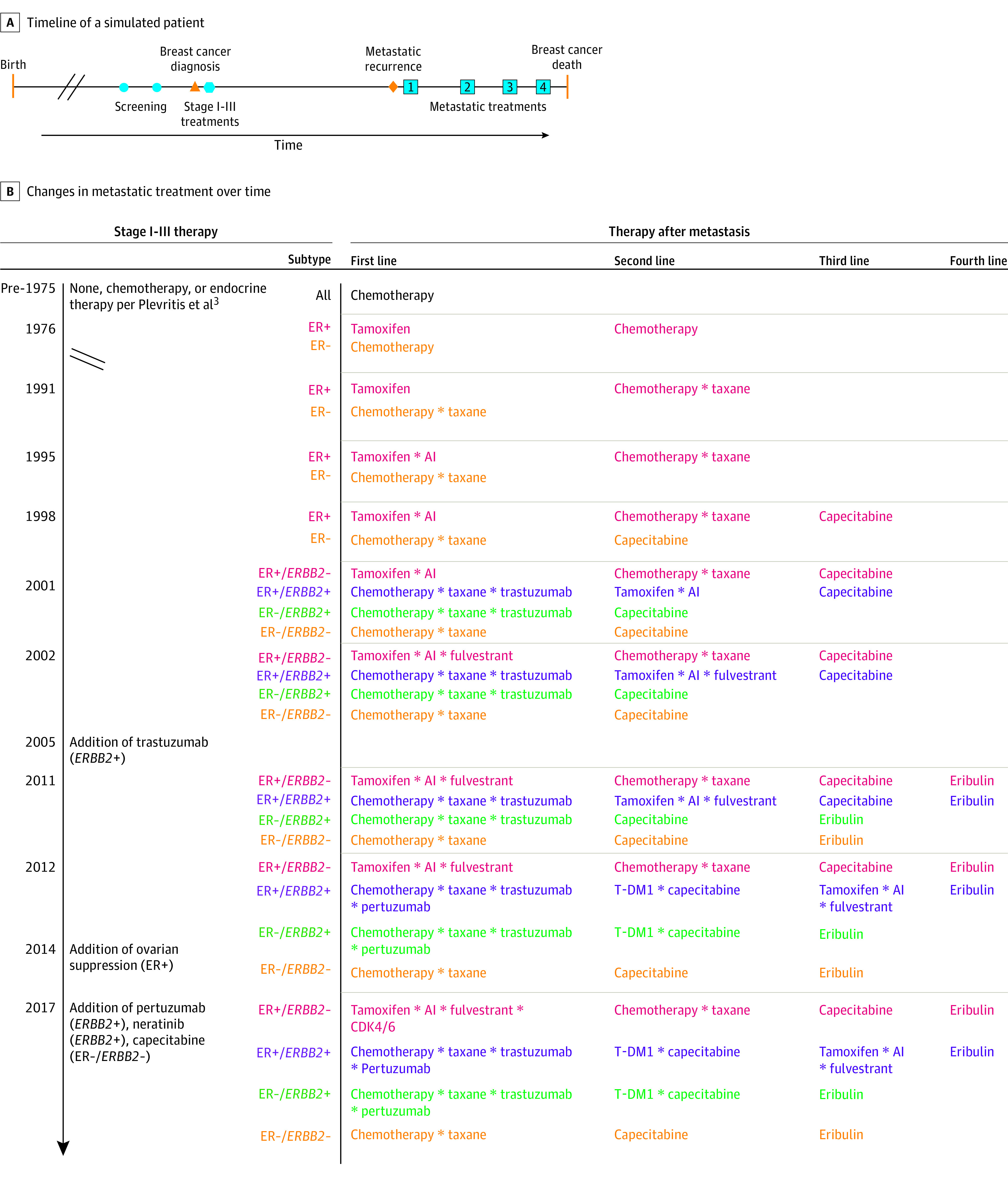Figure 1. Modeling Overview of Breast Cancer Diagnosis and Metastatic Recurrence.

A, Simulated events and interventions over time of a representative patient with breast cancer and metastatic recurrence. Triangle represents breast cancer diagnosis and diamond, metastatic recurrence. Interventions in blue: circles indicate screening; hexagon, stage I to III treatments; and squares, 4 representative metastatic treatments. B, Illustration of changes in metastatic treatment across multiple lines of therapy by calendar year (eTable 3 in Supplement 1). In 3 of the models (D, S, and W), benefits from multiple lines of metastatic treatments are applied sequentially based on time to progression from prior treatment and treatment options available at progression. When a clinical trial demonstrated an overall survival benefit of one therapy over a control therapy (rather than over placebo), the benefits (hazard ratios of overall survival) of each of those therapies were multiplied to determine the benefit of the new therapy. Model M instead applies a single hazard ratio intended to capture the benefit of all sequential lines of therapy at diagnosis of metastatic disease. AI indicates aromatase inhibitor; CDK4/6, cyclin-dependent kinase 4 and 6; ER, estrogen receptor; and T-DM1, trastuzumab emtansine. Asterisks indicate that the benefits of these treatments are multiplied to determine the benefit of that line of therapy. See the Methods section for an explanation of each of the methods (D, M, S, and W).
